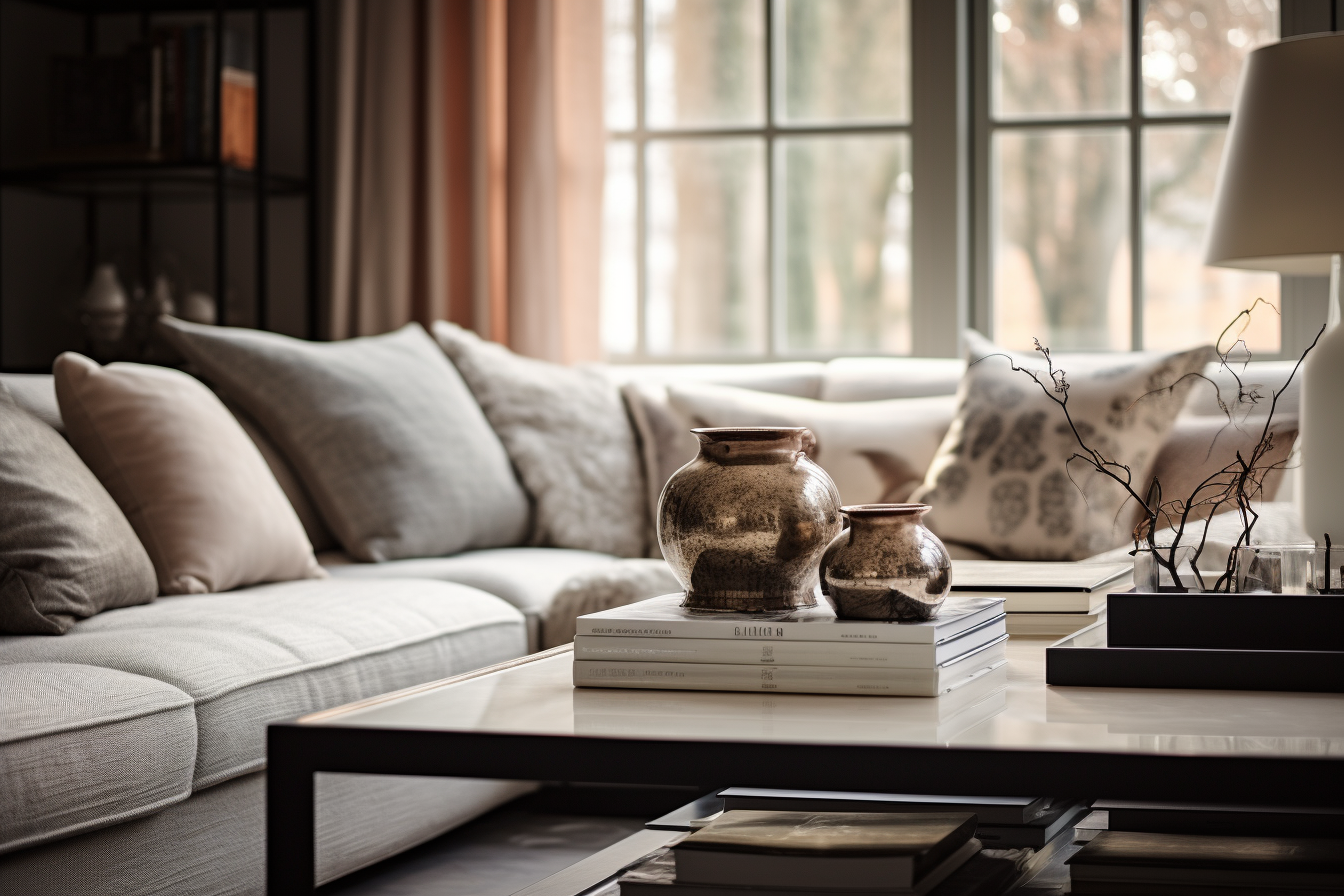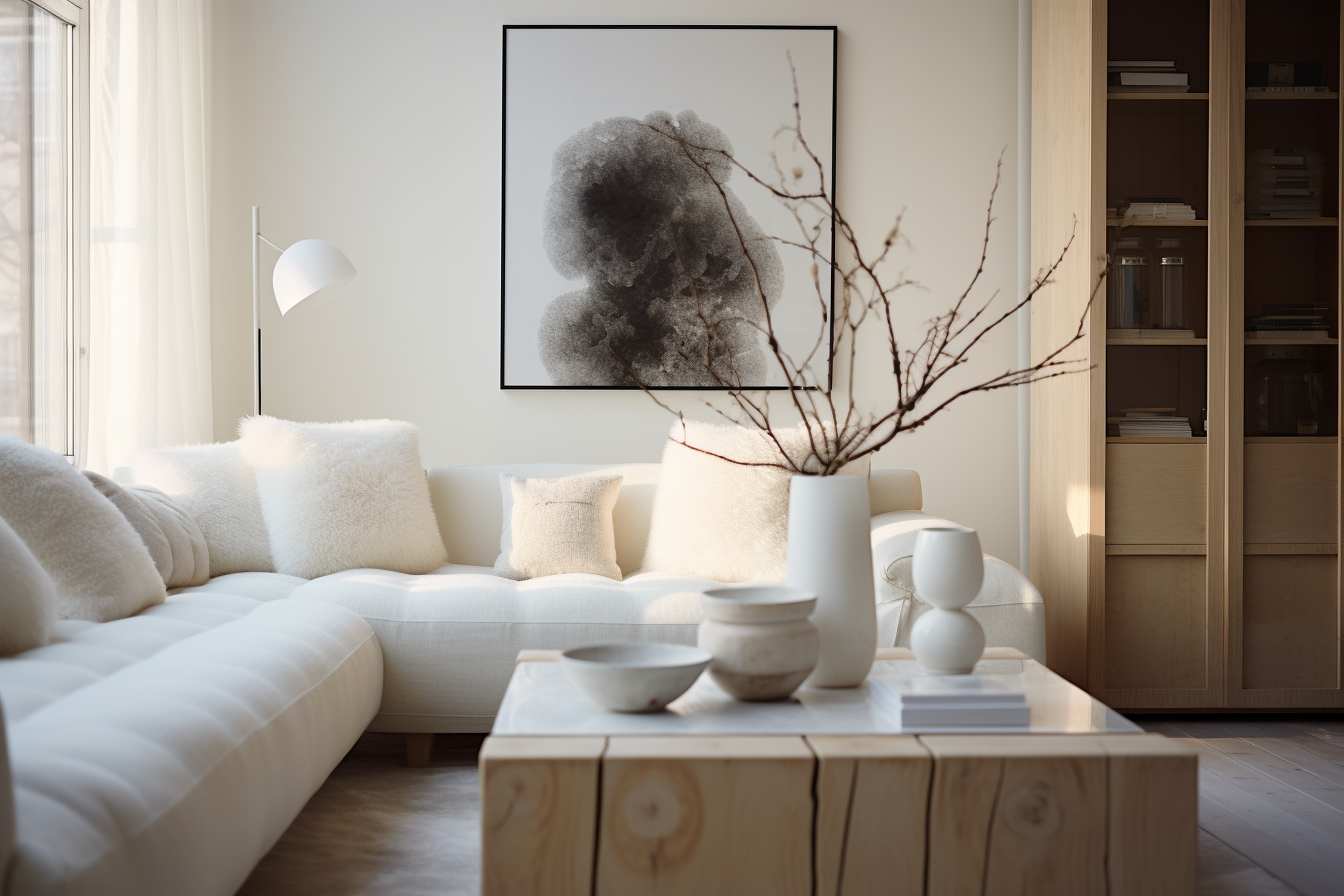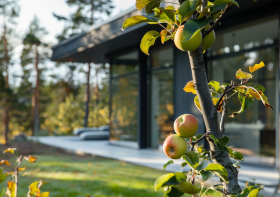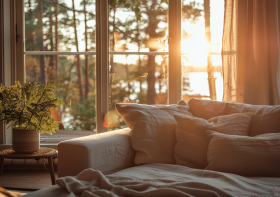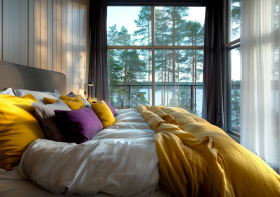How to Add Texture to Interior Design
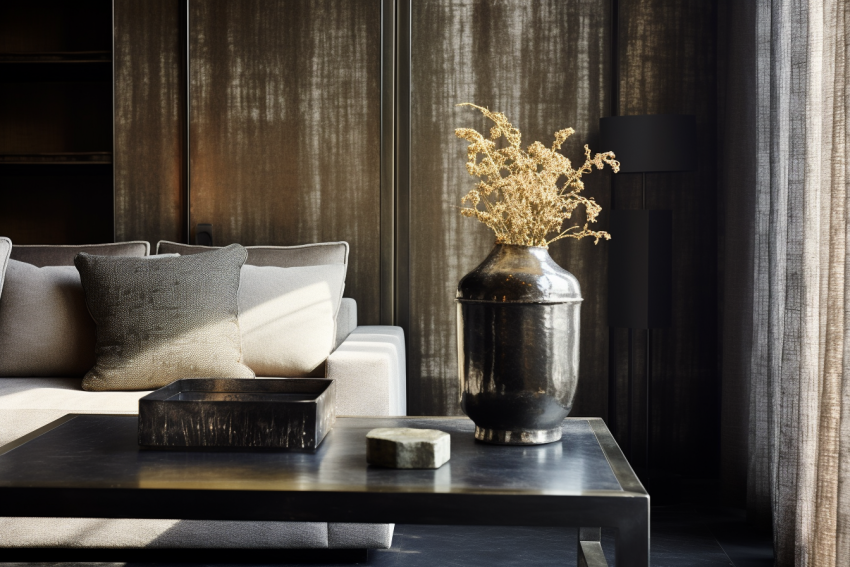
Design experts often emphasize the importance of incorporating texture into interiors. But what does “texture” mean in this context, and how should you weave it into your home’s design?
In the realm of interior design, texture isn’t just about the touch or feel. It’s about strategically using furniture, fabrics, decor items, and surface finishes that interact in a way that adds depth and dimension to a space. A room lacking texture feels much like a dish missing seasoning: bland, uninspiring, and incomplete. By introducing varied textures, a room becomes more engaging, inviting, and pleasing to both the eye and touch.
Every part of a room – from the floors and walls to the furniture and art – serves as a canvas for introducing texture. Whether you’re starting with a blank slate and mixing materials of varying tactile qualities, like rough with smooth or glossy with matte, or enhancing a pre-decorated space by layering more textural elements, there’s always room for creativity.
It’s the little nuances that make a difference. Varying heights and sizes can further captivate interest in a room. I enjoy layering different items like accessories, books, cushions, and blankets in my designs. The feel of the materials, be it in fabrics or finishes, is also crucial in my choices.
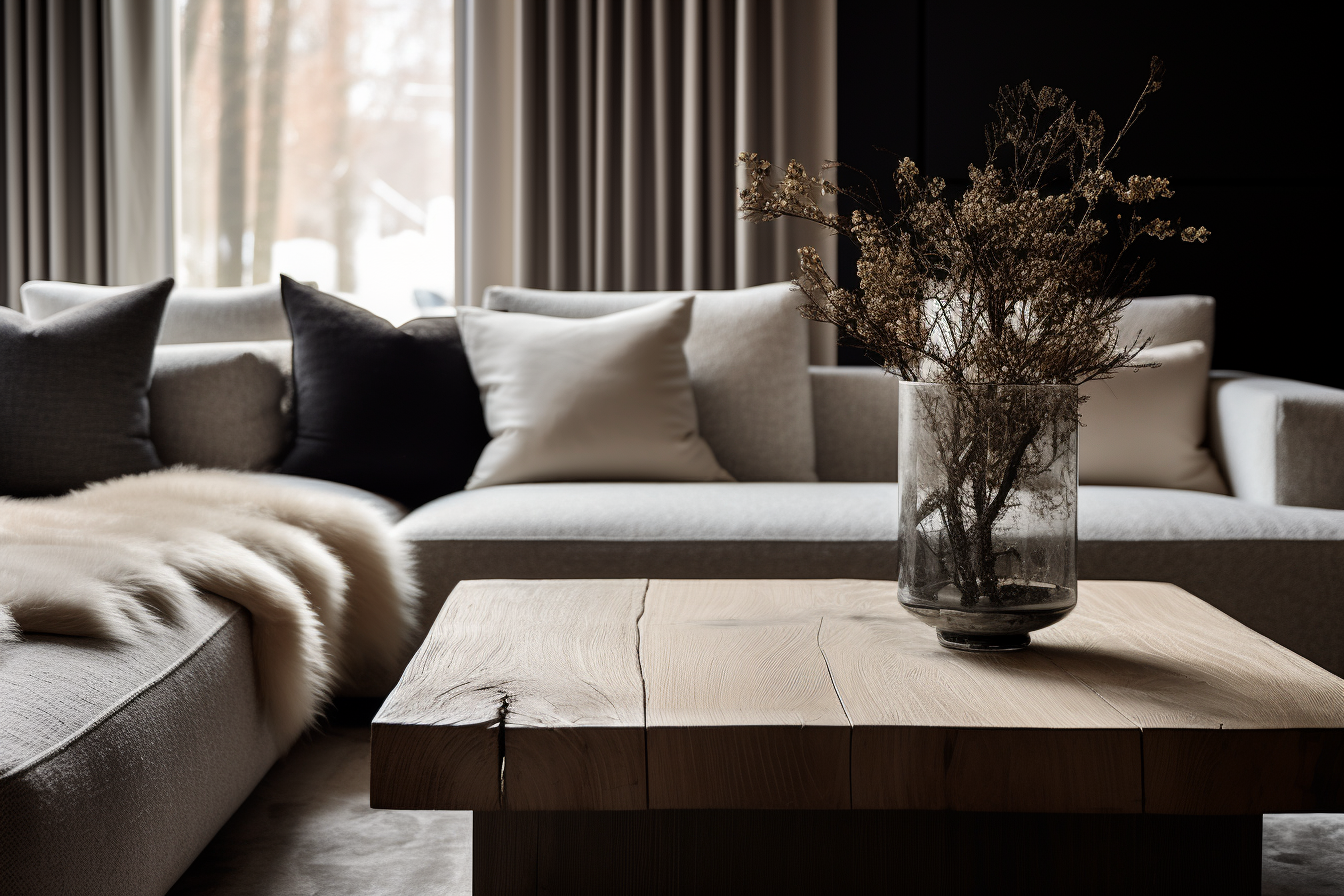
Textiles
A straightforward method to infuse texture into a space is by blending various fabrics in items like rugs, curtains, cushions, blankets, bedding, and furniture coverings. Play around with materials like leather, velvet, silk, bouclé, wool, cotton, and linen to achieve the desired ambiance. Enhance the sleekness of a leather chair with a cushiony velvet pillow. For a snug winter-ready bed, combine linen sheets with faux fur cushions, a heavy-knit blanket, and a headboard finished in genuine leather.
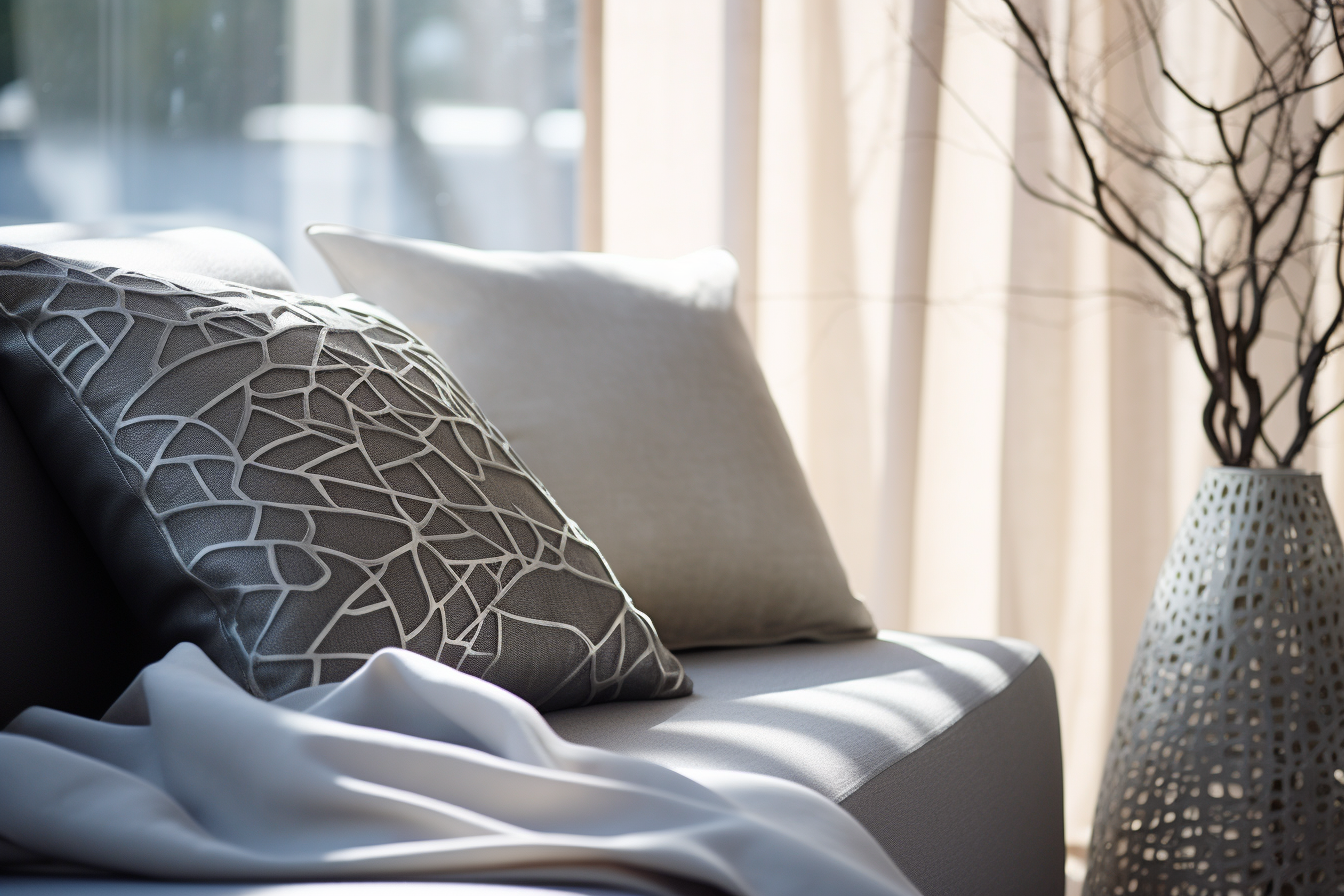
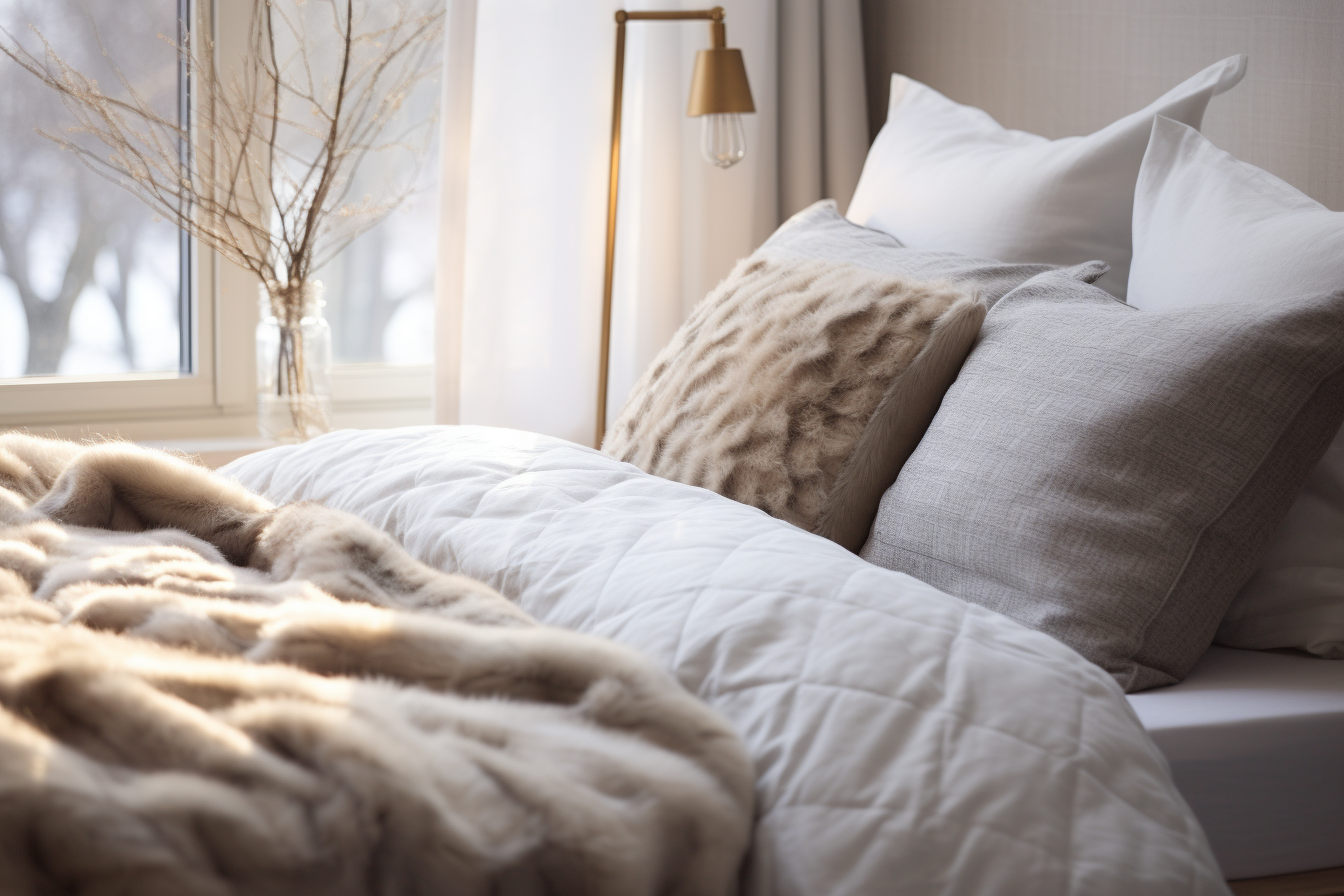
Finishes and Materials
The sleekness of modern design is beautifully offset with elements of texture. While the minimalism of plain white walls had its time, the current trend leans towards finishes with depth, like hand-applied plaster or subtly textured wall panels. Think about introducing a touch of dynamism to a neutral wall with geometric or minimalist wallpapers that offer a tactile experience. In kitchens, juxtapose glossy, streamlined cabinets with matte, understated handles. For dining, a sleek wooden table can be paired with chairs fashioned from acrylic or metallic accents.
In modern homes that already have elements such as polished concrete floors or clean-lined beams, it’s about layering—introducing softer metals, varied textiles, plush cushions, and abstract art to introduce textural nuances. Even in a minimalist apartment, a hint of the past, like a mid-century art piece, a minimalist-framed mirror, or a monochrome textile wall accent, can add the right amount of texture without detracting from the modern aesthetic.
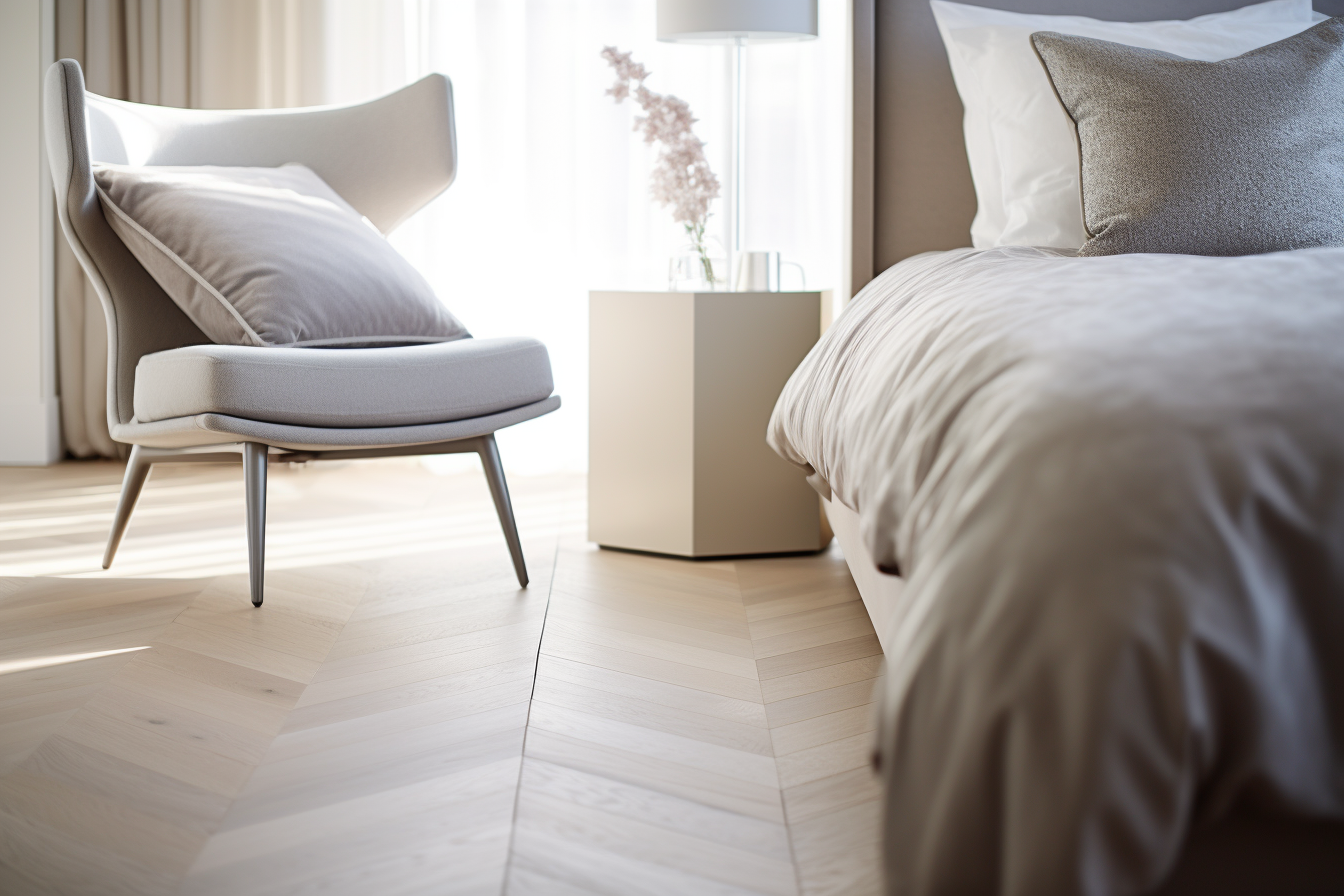
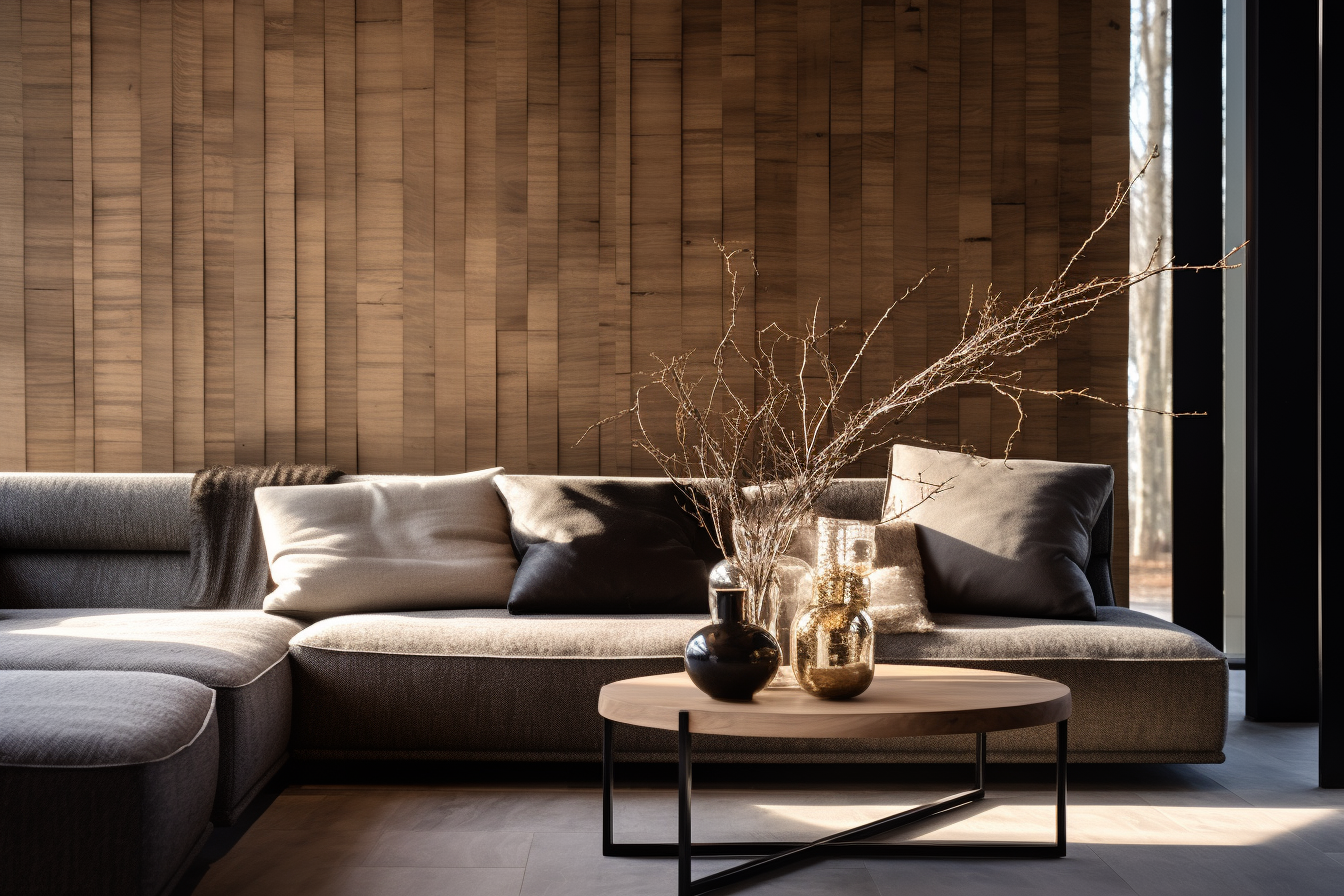
Nuanced Palette
Embrace the modern approach to texture by delving into a neutral design theme. An entirely white room can feel stark and impersonal. So, diversify with a gradient of whites, from crisp snow to cozy creams, beiges, and soft grays. Layer your couch with varied-texture cushions and throws in materials like linen, silk, and wool. Introduce subtle contrasts with metallic, mirrored elements, or earthy touches like wicker and wood.
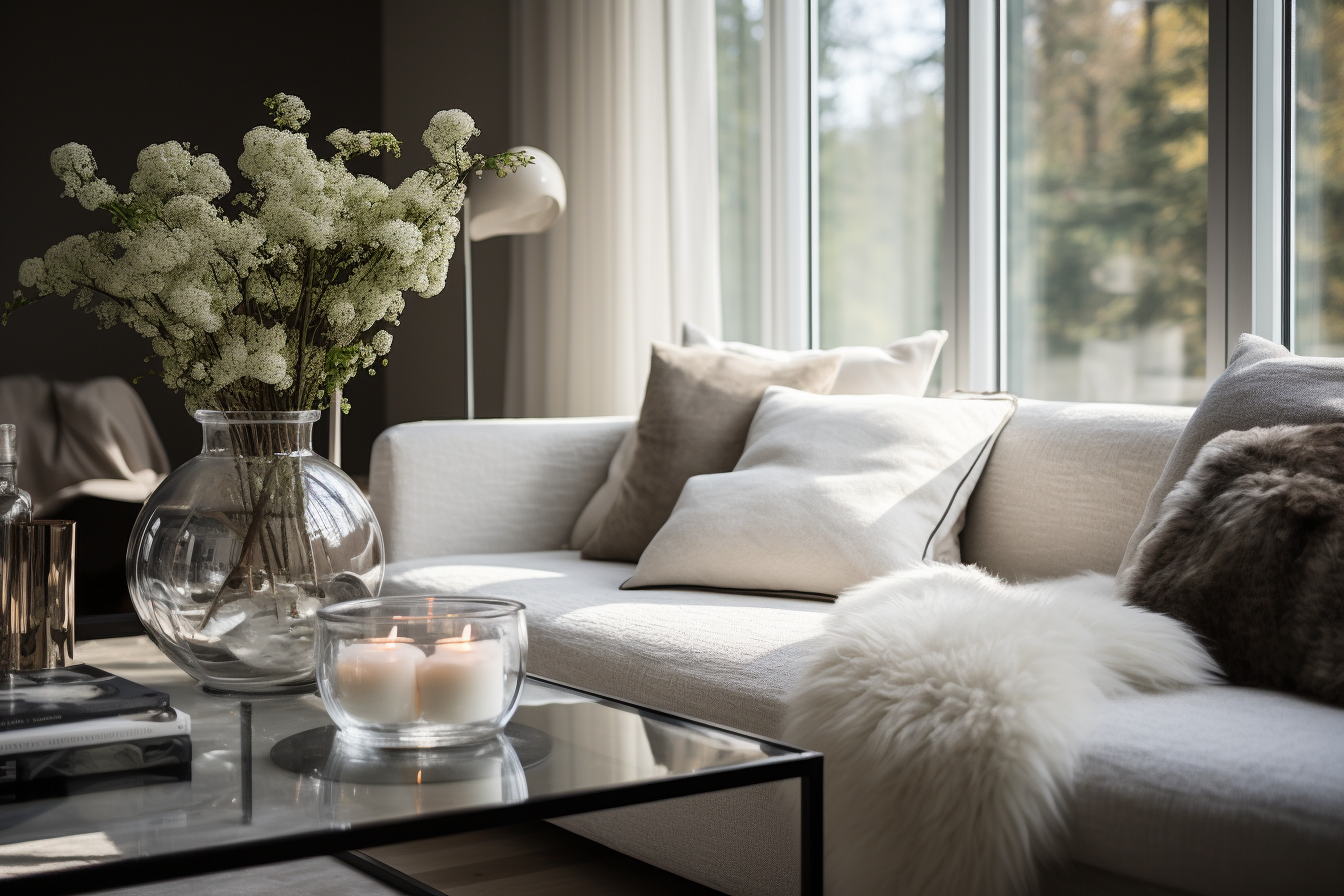
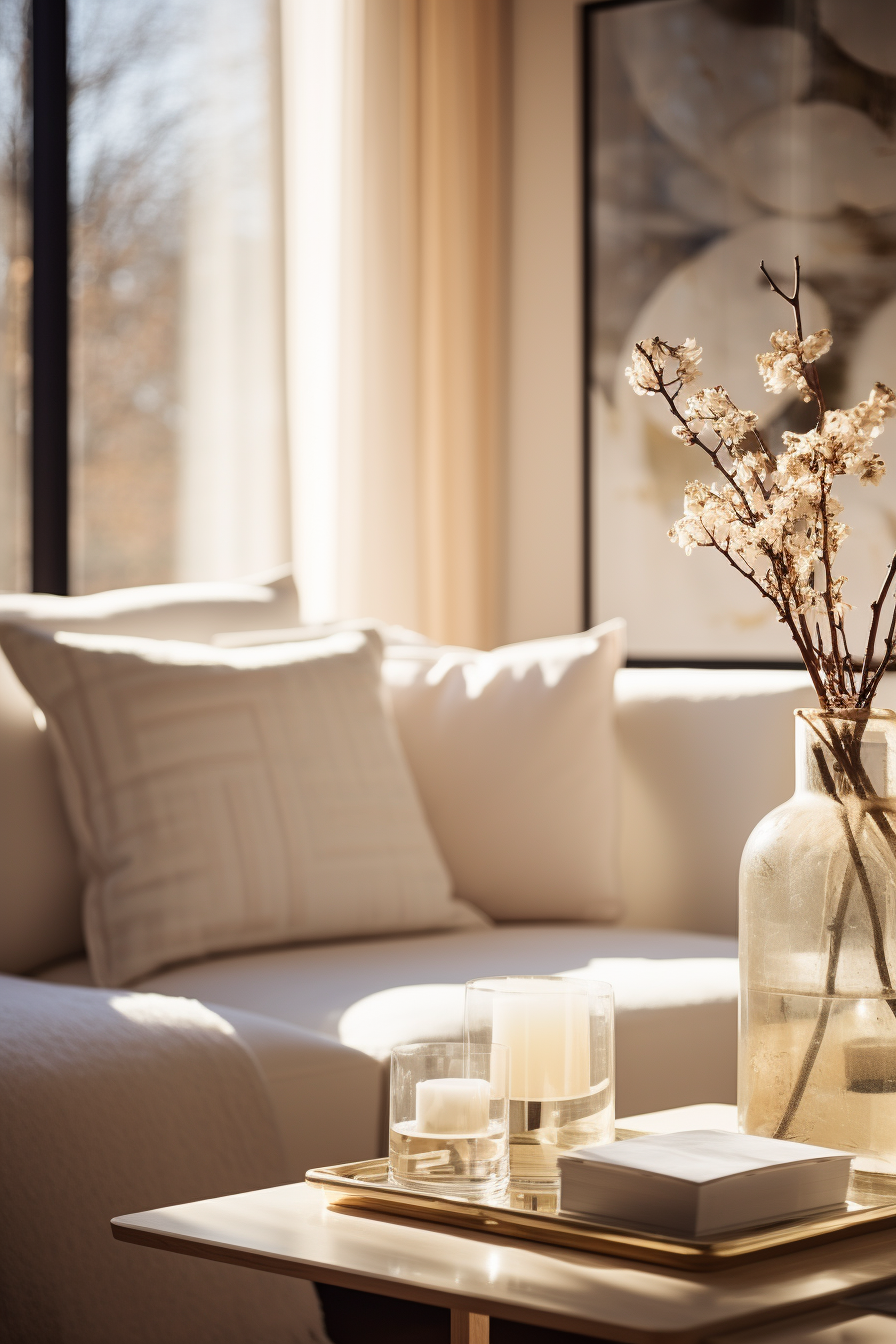
Blend Hues and Designs
For those drawn to a visually engaging space, consider intertwining designs like stripes, dots, checks, plaids, and florals, all within a cohesive color scheme. For a unified, single-color look, remember to diversify the finishes, materials, and tones to enhance the room’s texture. Imagine a rich brown velvet couch set against a soft cocoa-hued matte wall, offset by shiny window accents. Complement this with a glass coffee table featuring walnut accents and some intricate brass wall decor to add some sparkle.
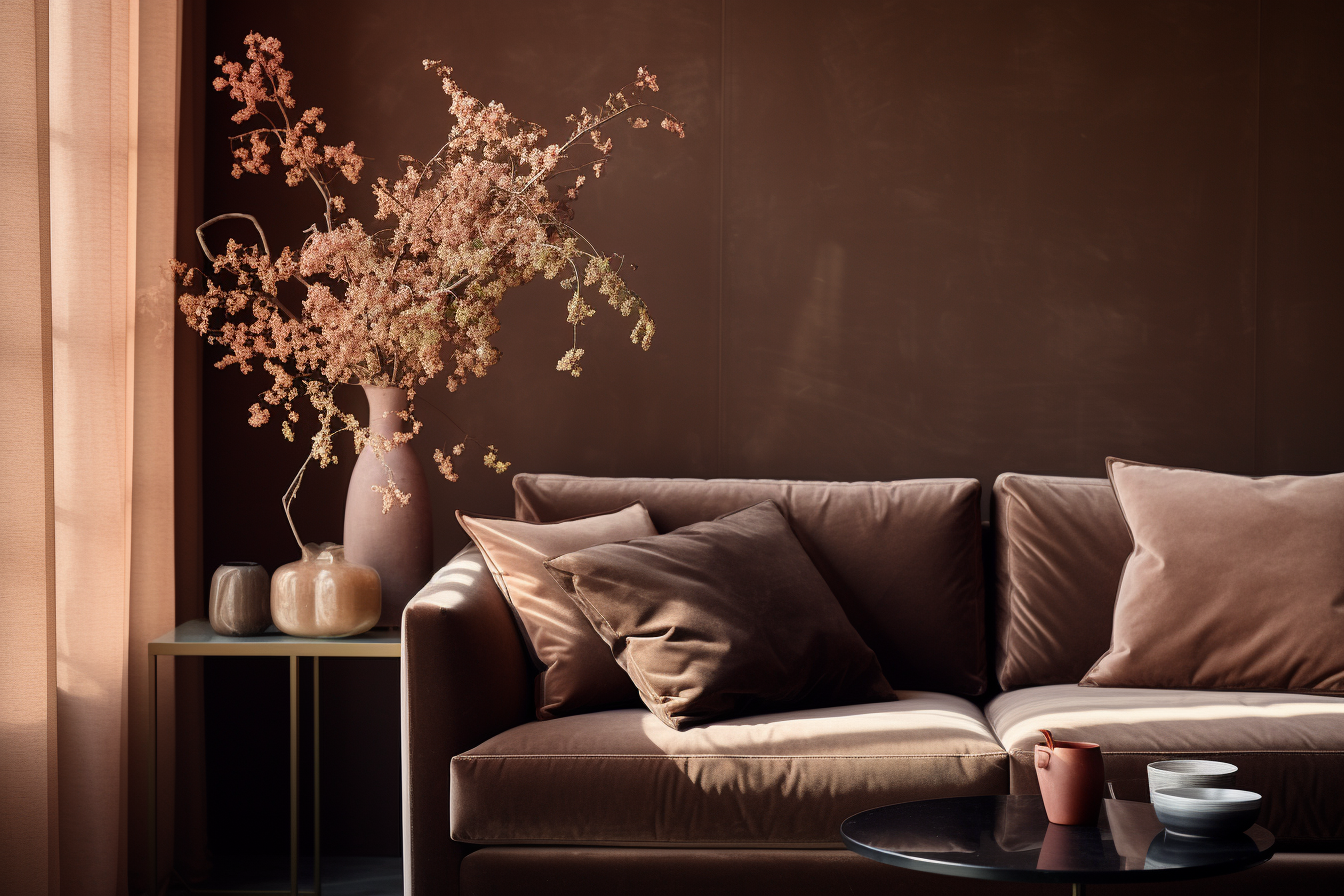
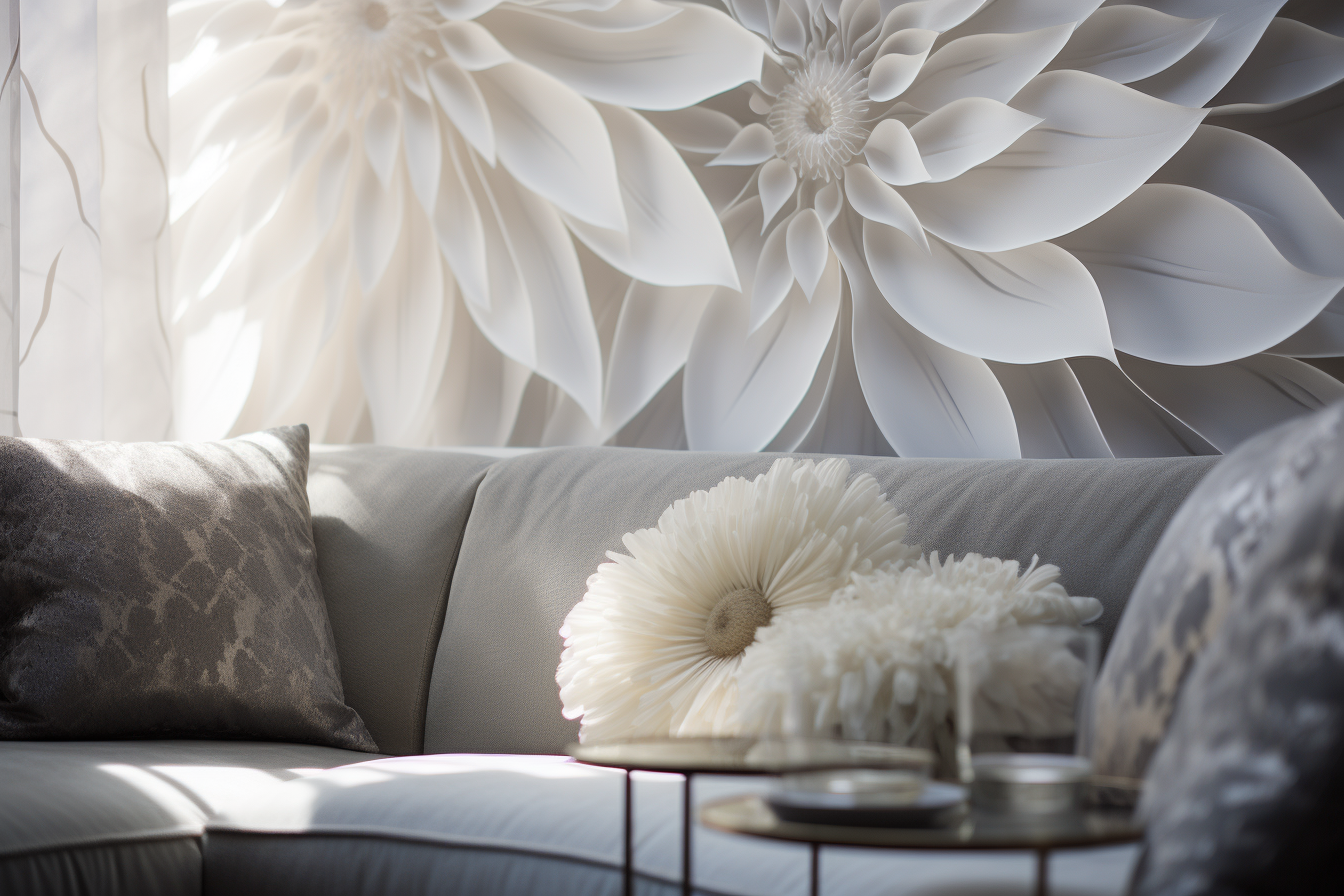
Artistic Flourishes
Many designers lean on art to introduce texture to walls. While textiles and bedding offer a direct route to texture, there’s something captivating about introducing it through varied wall art. Since artwork often becomes a focal point, leveraging it for texture is logical. Think of a wall adorned with a mix of elements: framed wallpaper snippets, minimalist pencil sketches, bold graphic prints, and framed photographs. This diverse collection can be more intriguing and layered than just one high-end traditional art piece.
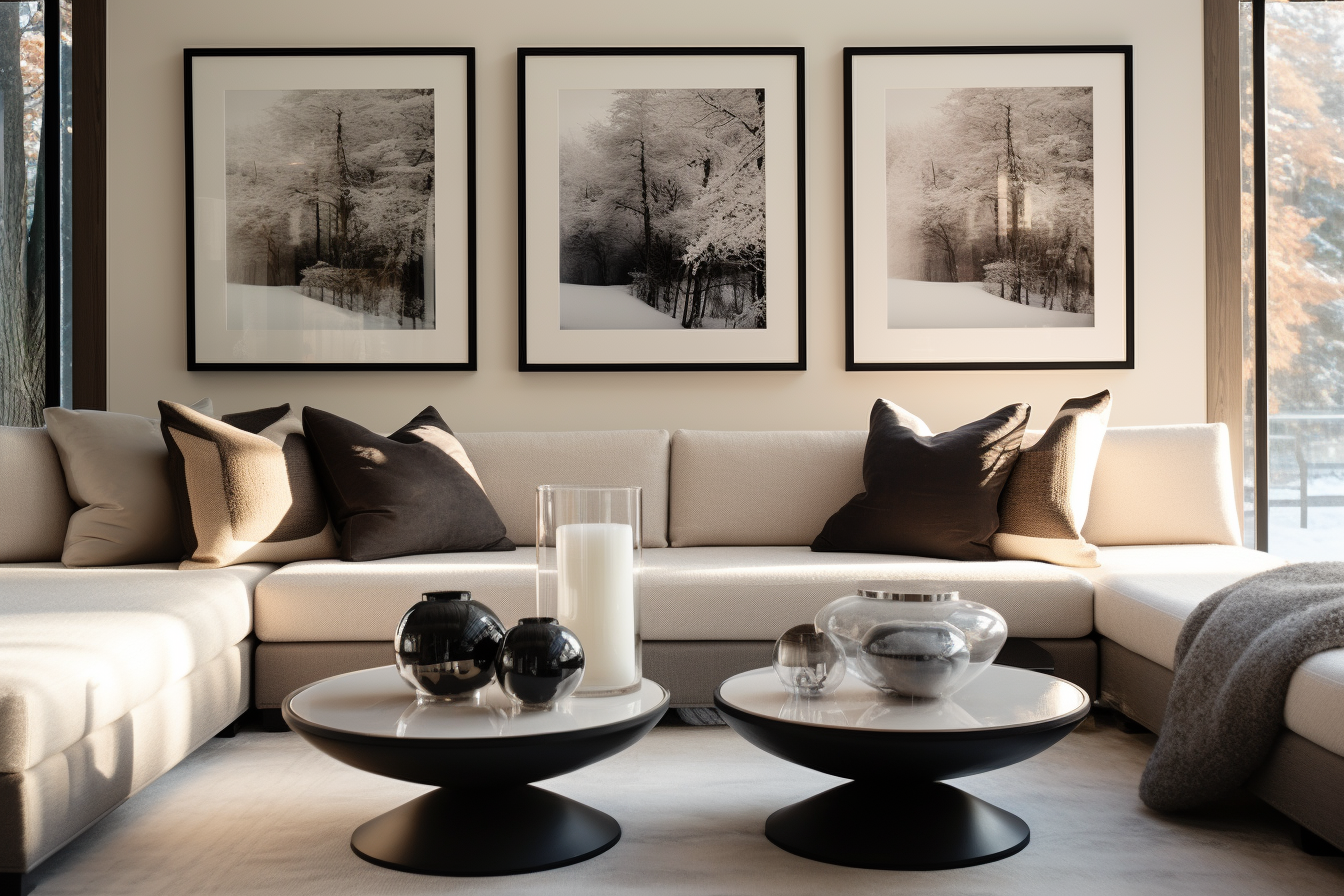
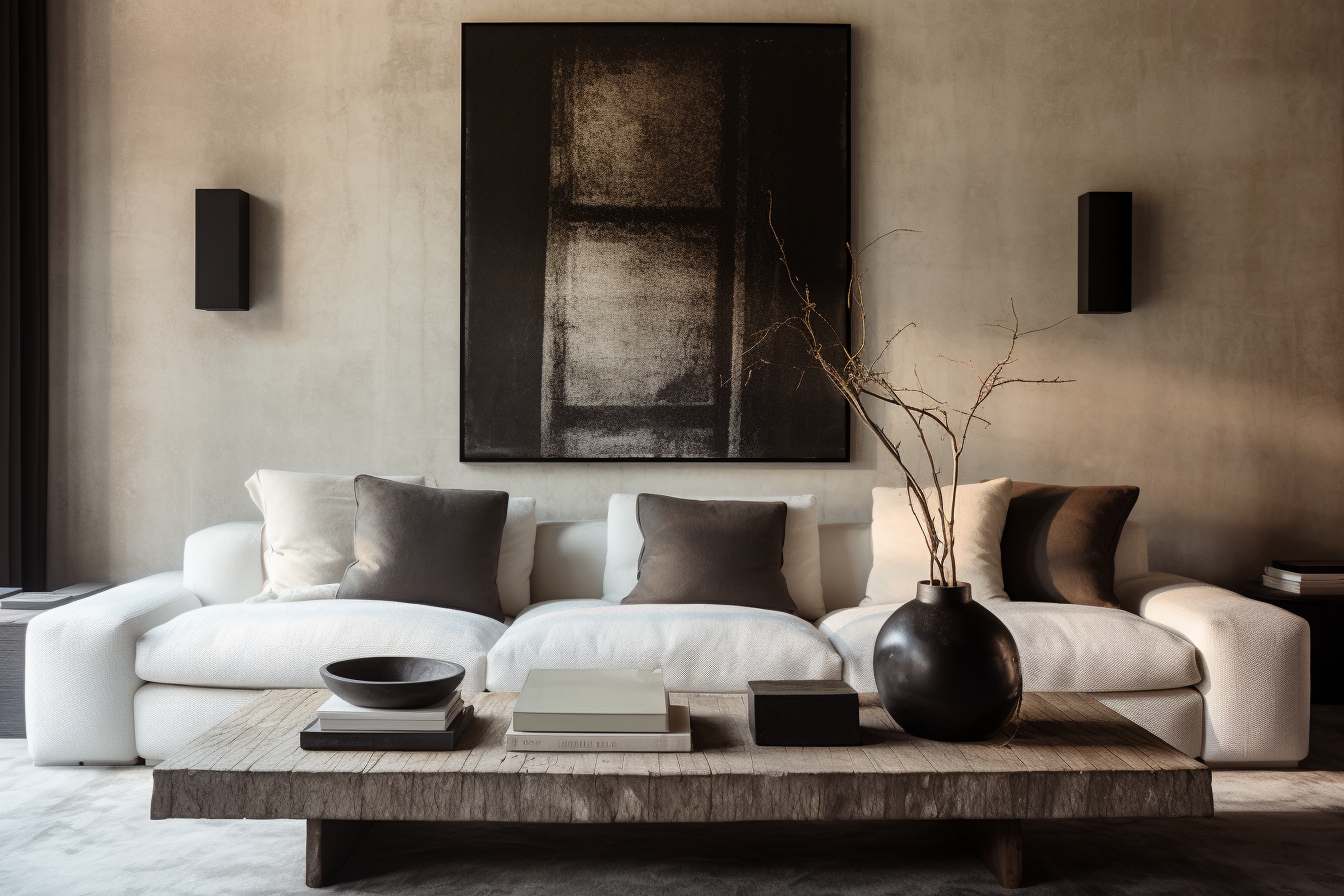
Creating a Timeless Design
In the vast world of interior design, few concepts are as captivating as the blend of the old and the new. This approach not only allows for individual expression but also creates a sense of depth and narrative within spaces.
The idea of mixing old and new is all about balance. By intertwining the elegance of antiques and the simplicity or innovation of modern pieces, one can craft a space that tells a story. It’s a way to honor the past while embracing the present and future.
When done right, juxtaposing older items with contemporary ones can create visual interest and add character to a room. Older items often come with a history, a patina, and a unique charm that new items might not have. Modern pieces, on the other hand, bring freshness, clean lines, and often a different kind of functionality.
Imagine a sleek, modern sofa sitting against a wall adorned with vintage art or a mid-century dining table paired with antique chairs. The contrast not only creates a visual appeal but also allows for a conversation starter.
Modern decor items, like abstract sculptures or streamlined lamps, can be placed atop an antique wooden table. Conversely, vintage vases or heirloom clocks can stand proudly on minimalist shelves.
Mixing old with new isn’t just a design choice; it’s a celebration of different eras, styles, and histories. It’s a testament to the idea that beauty doesn’t have an expiration date, and every piece, regardless of its age, can find its place in the modern world. It’s a delightful dance of time, all within the four walls of a room.
